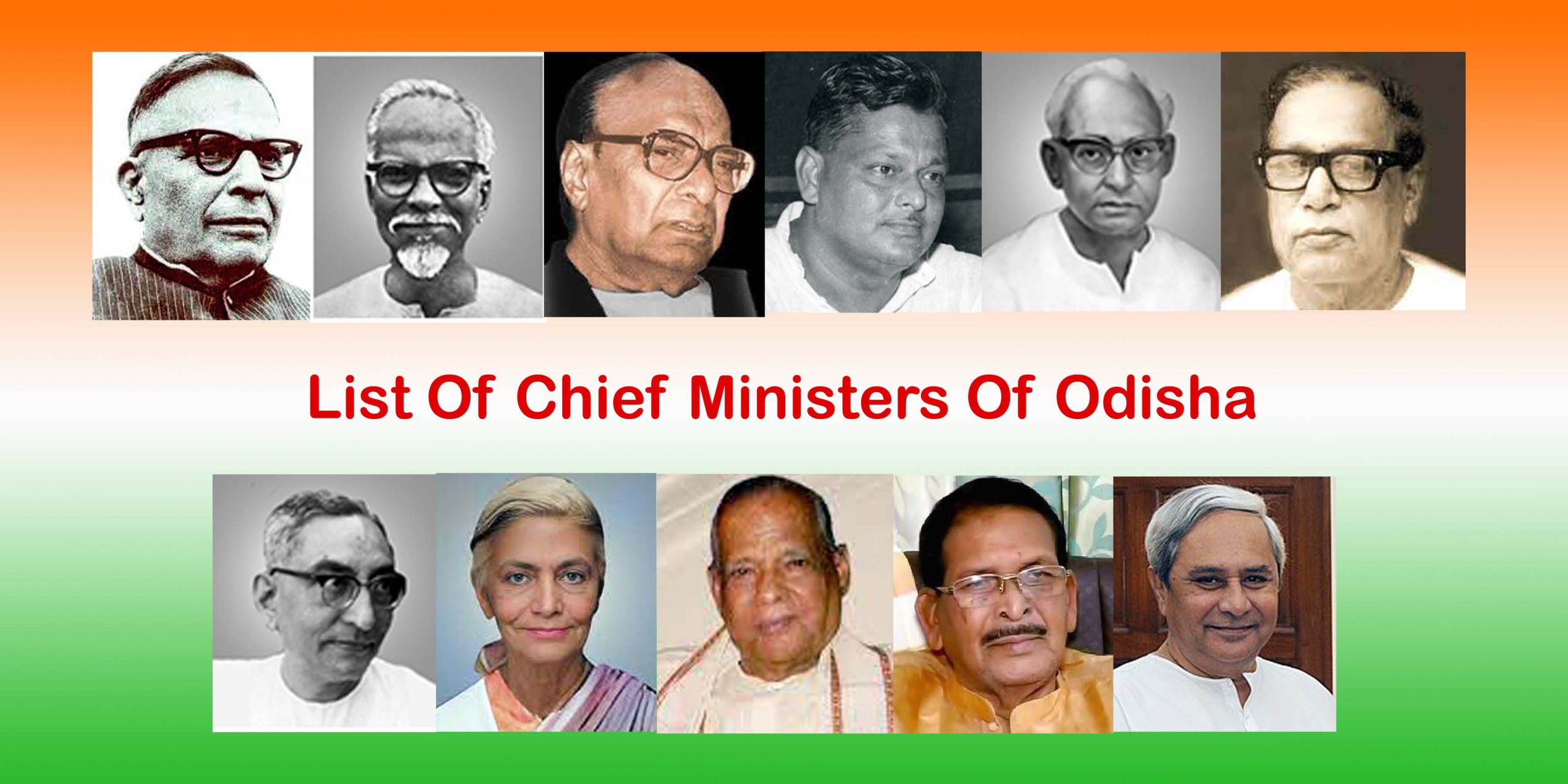
A Journey of Chief Ministers of Odisha Since Independence
Since its inception in 1936, Odisha has undergone an incredible transformation, all thanks to its Chief Ministers’ visionary leadership and hard work. From its early days to its current journey towards becoming a significant economic force, these leaders have been at the heart of Odisha’s development. In A Journey of Chief Ministers of Odisha Since Independence, what each Chief Minister has done and how they’ve helped Odisha grow and change. This list of Chief Ministers have taken turns guiding Odisha through ups and downs, making big moves to help it grow, face tough times, and evolve.
In A Journey of Chief Ministers of Odisha Since Independence, we will examine these leaders more closely, discussing the major projects they undertook, the obstacles they encountered, and their lasting impacts on the state. Let’s dive into the stories of these remarkable leaders and see how they’ve helped shape Odisha into what it is today.
A Journey Through Leadership: Odisha Chief Ministers Since 1950
Harekrushna Mahatab (1950, 1956-1961, 1957-1961)
Harekrushna Mahatab took charge as Odisha’s Chief Minister multiple times, leading the state through some crucial times right after it gained independence. He was all about rebuilding and bringing Odisha up to date, setting the stage for the state’s growth that was to come.
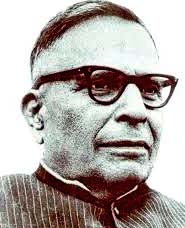
Key Contributions:
- He led big projects to improve Odisha’s infrastructure, working on improving roads, schools, and hospitals to help the state grow.
- He implemented land reforms to address inequalities, support farmers, and strengthen the countryside’s economy.
- He was crucial in starting important industries and projects, paving the way for Odisha to grow industrially.
Challenges:
- He tackled the tough job of dealing with the partition’s aftermath and bringing princely states into Odisha, bringing its own administrative and social challenges.
- He faced the issue of economic differences and worked on improving education and healthcare all over the state.
- He also dealt with natural disasters like floods and droughts that often hit the state’s farming hard and worked on ways to overcome these challenges.
Legacy: People remember Harekrushna Mahatab for his forward-thinking leadership that transformed Odisha. His commitment to development, community welfare, and industrial growth created a lasting legacy, steering the state towards ongoing growth and innovation.
Nabakrushna Choudhuri (1950-1952, 1952-1956)
Nabakrushna Choudhuri served twice as Odisha’s Chief Minister during crucial periods shortly after India’s independence. He stepped in when Odisha was determining its place in the newly formed Indian Union and focusing on social changes and growth.
Key Contributions:
- He put a lot of effort into improving agriculture and making changes that helped farmers and people living in rural areas have better lives.
- He worked on expanding education and healthcare by building more facilities, thereby improving the economic and social well-being of the state’s people.
- He started land reform projects to give land to people who didn’t have any, tackling social unfairness and providing more power to the farming community.
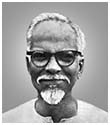
Challenges:
- He had the challenging task of changing Odisha’s economy, which was mainly focused on farming, to include more types of businesses, like industries.
- He tackled the significant poverty, inability, and health issues many in the newly independent state faced.
- He also had to deal with the difficulties of implementing new changes and projects throughout Odisha, a state with many different landscapes and difficult-to-reach areas.
Legacy: Nabakrushna Choudhuri is well-remembered for his strong commitment to fairness and setting the stage for a more equal and progressive Odisha. His dedication to changing farming and land ownership and efforts to improve education and healthcare were significant steps toward developing the state and improving the lives of its residents.
Biju Patnaik (1961-1963, 1990-1995)
Biju Patnaik, a well-known name in Indian politics and a hero of the freedom struggle, was Odisha’s Chief Minister twice. He was known for his daring dreams for the state, guiding it through significant changes and laying the foundation for its growth into a modern economy.
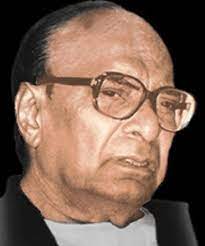
Key Contributions:
- He initiated industrial growth in Odisha by establishing significant industries that utilized the state’s natural resources, creating a solid foundation for further industrial development.
- He pushed for better infrastructure and significantly improved roads, bridges, and irrigation, which helped farming and made it easier for people and goods to move around.
- He supported education and new technology, opening engineering schools and boosting technical education to give Odisha’s young people more opportunities.
Challenges:
- He navigated Odisha’s complicated social and economic issues, working hard to grow industries while protecting the environment and tribal groups’ rights.
- He tackled the problem of joblessness and the significant economic gaps between city dwellers and countryside folks, aiming to make growth benefit everyone.
- He faced political challenges and red tape to bring his big ideas and changes to life for the state.
Legacy: People remember Biju Patnaik for his energetic and innovative leadership style. His contributions have significantly influenced Odisha’s path to growth, notably in industrial development, education enhancement, and infrastructure improvement. He is a visionary leader whose efforts have propelled and modernized the state forward.
Biren Mitra (1963-1965)
Biren Mitra became the Chief Minister of Odisha right after Biju Patnaik. He led the state during a difficult period as Odisha tried to keep up with modern changes and worked hard to better the lives of its people.
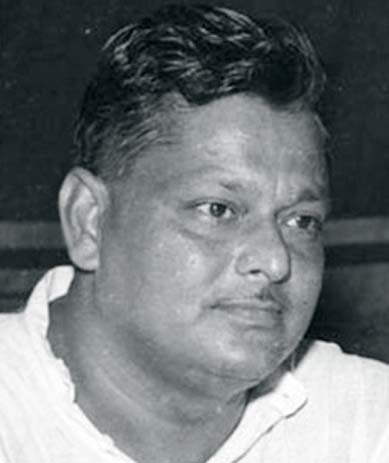
Key Contributions:
- He focused heavily on strengthening the farming sector because he recognized its importance to Isha’s economy. He introduced new methods for farmers to increase production and support their work.
- He worked on making education and healthcare available to more people, especially those living in rural areas and with low incomes, aiming to raise everyone’s standard of living.
- He pushed forward with building better infrastructure, like better roads and irrigation systems, to help the economy grow and make life better for the people of Odisha.
Challenges:
- He had to be smart with Odisha’s money, trying to initiate more development projects and social programs even though he had little cash.
- He tackled the thorny, complex issues of poverty and joblessness in the countryside, problems that many people in Odisha faced.
- He navigated through the tricky political landscape and made sure the government worked efficiently to roll out new development plans and programs.
Legacy: Celebrated for his tenure as Chief Minister, Biren Mitra is committed to boosting agricultural production, enhancing social services, and developing Odisha’s infrastructure. Despite his short time in office, his hard work laid a strong foundation for the state’s growth in critical areas, setting the stage for future projects and improvements.
Sadashiva Tripathy (1965-1967)
During the changes, Sadashiva Tripathy took over as Odisha’s Chief Minister right after Biren Mitra. He led the state as it worked hard to grow and develop while addressing social and economic issues to improve people’s lives.
Key Contributions:
- He kept agriculture at the top of his list, rolling out new policies to help farmers produce more and support the farming community, a big part of Odisha’s economy.
- He stepped up the game in education and healthcare, working to make these services better and more accessible so more people, especially those in the countryside, could benefit.
- He pushed forward with big projects to build up the state’s infrastructure, like better roads, irrigation, and public services, to help the economy grow and connect people across Odisha more easily.

Challenges:
- He faced the tough job of managing tight budgets while keeping development projects going and meeting the varied needs of Odisha’s increasing population.
- He took on significant challenges like reducing poverty, improving literacy, and fixing health care gaps, all tremendous obstacles to ensuring that everyone in Odisha could benefit from development.
- He worked to ensure the government and its services ran smoothly and openly, even when politics got complicated and people demanded better and more transparent services.
Legacy: People remember Sadashiva Tripathy’s tenure for his relentless drive to advance Odisha, particularly in agriculture, education, and state development. He laid the groundwork for further growth, guiding Odisha through substantial progress and addressing the state’s challenges in the mid-1960s.
Rajendra Narayan Singh Deo (1967-1971)
Rajendra Narayan Singh Deo became the Chief Minister of Odisha at a crucial time, right when the state was making big moves in its growth journey after independence. He was all about pushing Odisha forward, focusing on making the state’s economy better and tackling the hurdles that come with development.
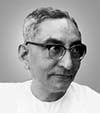
Key Contributions:
- He led big projects to boost the farming sector, knowing how important it is to Odisha’s economy and people’s daily lives.
- He invested in improving the state’s infrastructure, focusing on fixing roads, healthcare facilities, and schools to create a favourable environment for growth.
- He initiated programs to assist those left out, ensuring they had better access to essential services and opportunities to succeed.
Challenges:
- He had to manage the tricky task of governing Odisha as it quickly changed, trying to fulfil the hopes of its varied people.
- He dealt with needing more money to fund big development projects and social programs.
- He worked on reducing the gap between city and countryside development, aiming to make growth fair and even across Odisha.
Legacy: People celebrate Rajendra Narayan Singh Deo’s tenure as Chief Minister for his progressive leadership, which significantly advanced Odisha’s growth and modernization path. He laid a solid foundation for the state’s development, focusing on agriculture, infrastructure enhancement, and social welfare improvements. His efforts have greatly influenced Odisha’s progress towards becoming a more developed and equitable place.
Bishwanath Das (1971-1972)
Bishwanath Das became the Chief Minister of Odisha right after Rajendra Narayan Singh Deo during a time of political changes and social hurdles. Even though he was in charge for a short time, his leadership was vital in guiding Odisha through a changing period, focusing on the importance of a government that listens and development that includes everyone.
Key Contributions:
- He worked on improving Odisha’s administration and governance, aiming for a system that functions more efficiently and listens to people’s needs.
- He spotlighted building the infrastructure and working on better public services, transportation, and housing to help the growing population and boost the economy.
- He initiated programs to improve social welfare, focusing primarily on improving the lives of the less fortunate and ensuring access to needed services.
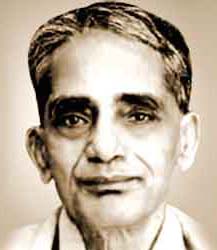
Challenges:
- He tackled the big job of meeting the immediate needs of Odisha’s diverse and quickly changing population, all while setting up a plan for long-term growth across different areas.
- He faced the challenge of not having enough resources and experienced financial difficulties while trying to achieve high goals for development and welfare.
- He navigated through tricky political waters and worked to keep the government united when they were rethinking policies and shaking up the administration.
Legacy: Although Bishwanath Das wasn’t in charge for long, people remember him for his work to improve the running and development of Odisha at a crucial time. Das played a vital role in enhancing the administration, developing infrastructure, and promoting social welfare, which are critical actions for transforming Odisha into a more developed and inclusive state for all.
Nandini Satpathy (1972-1973, 1974-1976)
Nandini Satpathy made history as Odisha’s first female Chief Minister. She led the state through significant political changes and socioeconomic hurdles. Her tenure was a landmark moment for Odisha, starting a fresh chapter in how the state grew and developed.
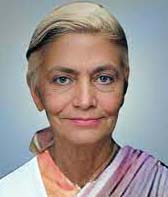
Key Contributions:
- She strengthened Odisha’s government and administration, aiming for precise, quick, and effective ways to meet the people’s needs.
- She focused heavily on building better infrastructure, such as more roads, better health centres, and better schools, setting Odisha up for tremendous success.
- She launched new programs to help people left out, focusing on empowering women and improving life in rural areas.
Challenges:
- She guided Odisha through tight economic times, working hard to roll out big development plans and social programs.
- She took on the challenge of narrowing the divide between the city and countryside, striving to ensure development benefited everyone.
- She handled political pressure and worked to keep her team and party united, ensuring they could effectively implement their plans and projects.
Legacy: People remember Nandini Satpathy’s pioneering leadership and standing out as a leading woman in the predominantly male-dominated political field. Her contributions significantly shaped Odisha’s developmental path, mainly through enhancing governmental efficiency, developing infrastructure, and bolstering social programs. She established a robust foundation for future leaders to build upon, genuinely impacting future generations.
Binayak Acharya (1976-1977)
Binayak Acharya became Odisha’s chief minister during rocky political turmoil and economic troubles. Although his tenure was short, it was necessary to tackle the big problems Odisha faced right after India’s Emergency period.
Key Contributions:
- He focused on strengthening Odisha’s administration and governance, aiming to deliver public services more efficiently and effectively.
- He concentrated on building the state’s infrastructure, improving roads, more access to clean water, and improving health centres to help Odisha grow.
- He started programs to help less fortunate people, mainly focusing on reducing poverty and developing rural areas.
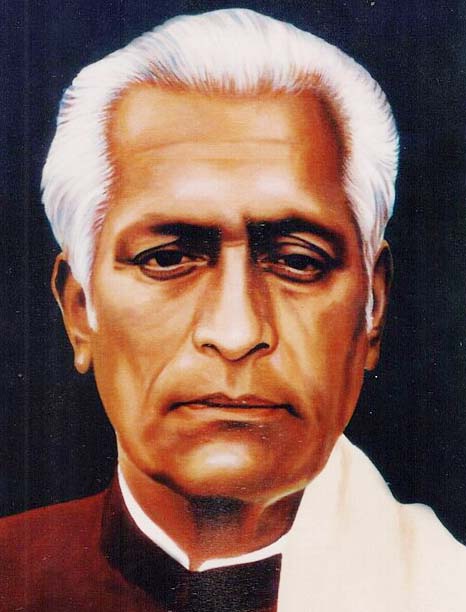
Challenges:
- He had to carefully handle governing right after the Emergency, balancing political issues and making critical administrative changes.
- He tackled the state’s economic problems, like joblessness, troubles in rural areas, and poor industries.
- He worked to implement development and welfare projects with limited money, ensuring the help reached the people who needed it.
Legacy: People remember Binayak Acharya for his commitment to public service and for establishing a foundation for Odisha’s development during a critical period. Despite his short tenure, his efforts to enhance governance, develop infrastructure, and improve social welfare programs aim to set Odisha on a path towards future growth and stability.
Nilamani Routray (1977-1980)
Nilamani Routray became the Chief Minister of Odisha when the state needed to stabilize politically and revive its economy after the Emergency. His leadership was crucial in helping Odisha recover and chart a new course for its development and governance.
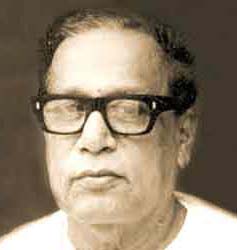
Key Contributions:
- He strengthened Odisha’s government and administration, focusing on clarity, responsibility, and efficiency to win back people’s trust.
- He focused on enhancing rural areas and agriculture, launching initiatives to boost production, support farmers, and address rural poverty and unemployment.
- He also worked on building the state’s infrastructure, investing heavily in better roads, healthcare, and schools to lay a more substantial foundation for Odisha’s future growth.
Challenges:
- He handled the shift from political turmoil to a steadier government while meeting the people of Odisha’s various needs and hopes.
- He dealt with economic problems like joblessness, insufficient, needing more development, and tight budgets, which all required thoughtful planning and careful use of resources.
- He effectively implemented development projects and welfare programs across Odisha, a state diverse in places, needs, and capabilities.
Legacy: People remember Nilamani Routray’s strong leadership and significant actions to rejuvenate Odisha’s politics and economy. He laid a strong foundation supporting Odisha’s future growth by enhancing governmental operations, fostering rural development, and upgrading infrastructure.
Janaki Ballabh Patnaik (1980-1985, 1985-1989)
Janaki Ballabh Patnaik stepped in as the Chief Minister of Odisha at a critical time in the state’s growth. In a Journey of Chief Ministers of Odisha Since Independence, he guided it through a stable political period and boosted its economy. During his time in office, he focused on updating Odisha and enhancing its residents’ well-being, significantly impacting the state’s development.
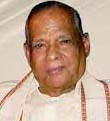
Key Contributions:
- He significantly transformed government operations, making them more efficient, transparent, and responsive.
- He put a lot of effort into building better infrastructure, like more roads, houses, and public services, to meet the needs of Odisha’s increasing population and economy.
- He started a wide range of programs to help people with less, mainly aiming to improve education, healthcare, and life in rural areas.
Challenges:
- He had to find the right balance between fast development and the reality of limited funds, so he had to plan carefully and decide which projects were most important.
- He tackled significant social and economic problems, such as poverty, joblessness, and differences in education quality, especially in the countryside and among tribal communities.
- He navigated Odisha’s political scene, keeping the government stable and policies running smoothly despite the shifting political winds.
Legacy: People celebrate Janaki Ballabh Patnaik’s tenure for his progressive leadership and significant efforts to improve Odisha. By enhancing government operations, developing infrastructure, and strengthening social welfare initiatives, he has left a durable legacy on the state, establishing a firm foundation for ongoing growth and prosperity.
Hemananda Biswal (1989-1990, 1999-2000)
In a Journey of Chief Ministers of Odisha Since Independence, Hemananda Biswal served twice as Odisha’s Chief Minister, steering the state through political changes and socioeconomic growth. His leadership was crucial in tackling the challenges of those periods and moving Odisha forward.
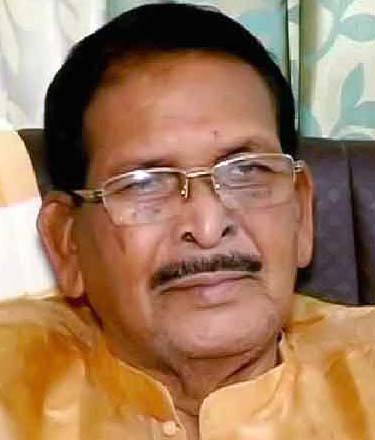
Key Contributions:
- He strengthened Odisha’s administration and governance, focusing on improving government work and accountability.
- He greatly emphasized infrastructure building, significantly improving rural areas’ connectivity through better roads, improving public services, and ensuring more people had clean water and sanitation.
- He launched programs to improve the lives of the less fortunate, with particular attention to helping tribal communities and boosting healthcare and education.
Challenges:
- He handled Odisha’s development plans while dealing with limited money and the need to use resources wisely.
- He worked on reducing the development gap between cities and the countryside. He focused on solving problems faced by tribal communities.
- He kept the political scene stable and ensured the government ran smoothly despite political changes and administrative hurdles.
Legacy: People remember Hemananda Biswal’s tenure as Chief Minister for his commitment to improving government functionality, developing infrastructure, and enhancing social welfare. Despite formidable challenges, his leadership fostered Odisha’s growth, notably strengthening the lives of those in rural and tribal areas and paving the way for future progress.
Giridhar Gamang (1999)
Giridhar Gamang briefly served as Odisha’s Chief Minister in 1999, a time of significant political change and challenges for the state. Although his tenure was short, it was important for continuing Odisha’s development and addressing longstanding and emerging issues.
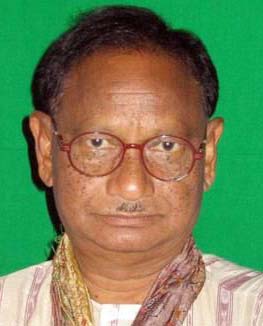
Key Contributions:
- He worked on making Odisha’s government and administration even stronger, aiming for quicker responses and better efficiency.
- He focused on building better infrastructure, significantly improving connections in rural areas and upgrading public services to help the state’s economy and society grow.
- He aimed to keep and boost programs that improve people’s lives with less, focusing on health, education, and the welfare of tribal communities.
Challenges:
- Despite only being in charge for a short time, he had to manage the complex job of governance and worked hard to keep development projects and welfare programs running smoothly.
- He tackled the state’s immediate needs while dealing with limited funds, aiming to use resources wisely to keep development going.
- He kept the political scene stable and ensured the administration ran effectively during a time of change when strong leadership was needed.
Legacy: People remember Giridhar Gamang’s short tenure as Chief Minister for maintaining Odisha’s development momentum. His leadership emphasized the importance of stable governance and the continuous advancement of development and welfare programs to enhance the state’s social and economic conditions.
Naveen Patnaik (2000-2004, 2004-2009, 2009-2014, 2014-2019, 2019-Present)
Naveen Patnaik has been Odisha’s Chief Minister for a long time. In a Journey of Chief Ministers of Odisha Since Independence, Naveen Patnaik leading the state through significant changes and steady growth. Since he started leading around the year 2000, Patnaik has brought political stability, economic growth, and substantial improvements in how people in Odisha live.
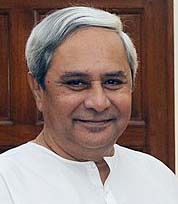
Key Contributions:
- He completely changed how Odisha’s government and administration work, introducing policies for greater transparency, accountability, and digital-first governance that improved services and reduced corruption.
- He led significant projects to build up infrastructure, such as roads, ports, and airports, and he significantly increased people’s access to electricity and clean water, helping Odisha’s economy and its residents.
- He started important welfare programs like the KALIA scheme to help farmers, the Biju Swasthya Kalyan Yojana for health insurance, and the Odisha Food Security Scheme, all designed to raise the quality of life for millions, especially those who are less fortunate or live on the margins.
Challenges:
- He tackled Odisha’s high risk of natural disasters by creating strong disaster management and prevention plans, now seen as examples of how to do things right.
- He found a way to grow industries without harming the environment, mainly how the state uses its valuable minerals and cares for its many different natural areas.
- He ensured the state’s fast economic growth helped everyone, mainly focusing on tribal groups and people living in rural areas so that progress reached every corner of society.
Legacy: People continue to praise Naveen Patnaik’s leadership as Chief Minister for transforming Odisha into a rising economic star in India and lifting many out of poverty. His governance approach, which emphasizes welfare, disaster preparedness, and infrastructure improvement, has enhanced the state’s social and economic indicators and established Odisha as a prime example of effective leadership nationwide.
Conclusion:
In a Journey of Chief Ministers of Odisha Since Independence, leaders have driven the state’s growth and progress. From Harekrushna Mahatab laying the foundation to Naveen Patnaik’s visionary leadership, each has significantly impacted Odisha’s journey. Despite facing obstacles, they’ve shaped Odisha into a state we can be proud of, always moving forward. Their lasting contributions inspire future leaders, ensuring Odisha stays on a solid path of development and prosperity.
On Postswirl blogging site, In A Journey of Chief Ministers of Odisha Since Independence, take a closer look at their achievements. The hurdles they faced and the difference they have made in bringing the state forward.




